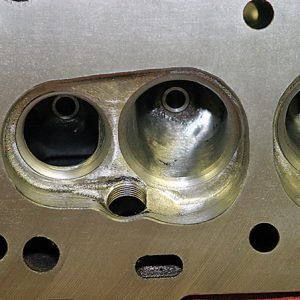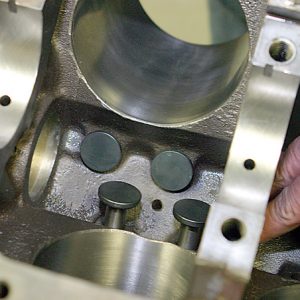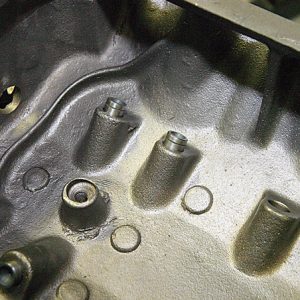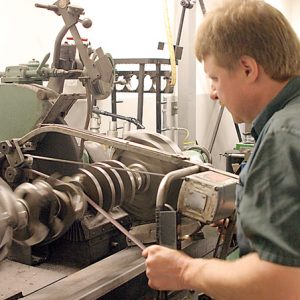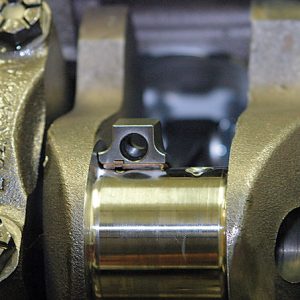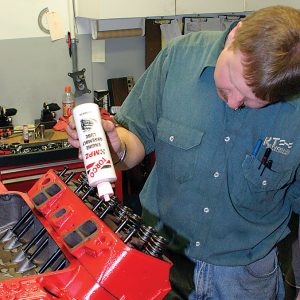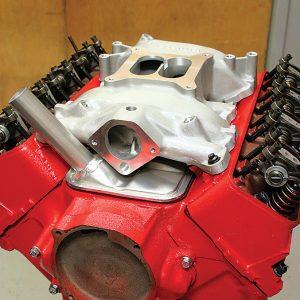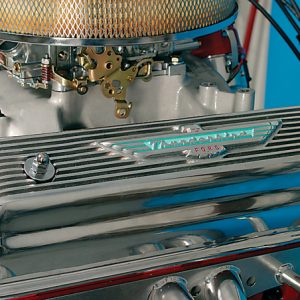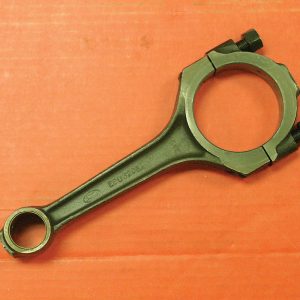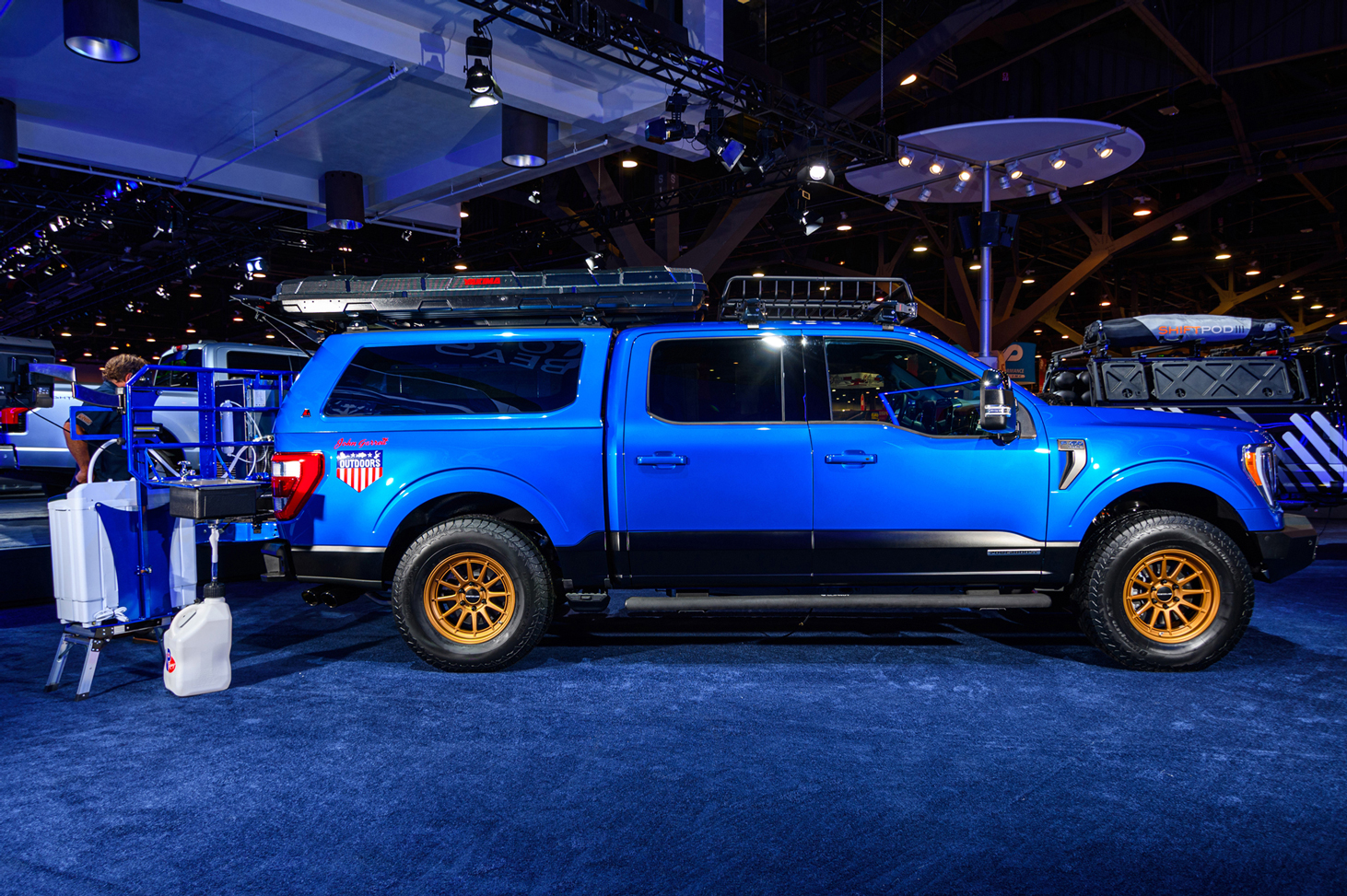Updating Ford’s Y-Block to Give It Modern Performance While Retaining Its Old-School Charm
When Ford introduced its Y-block engine in 1954, it labeled the engine the worthy successor to the venerable Flathead. The Flathead gained a loyal following of hot rodders and racers, but the big Cadillac overhead-valve V-8 and Oldsmobile’s Rocket 88 were stealing Ford’s thunder in terms of power, so something had to be done, and Ford decided to respond. The answer was a clean-sheet V-8 design, featuring overhead valves and improved cooling compared to the old Flathead. It was dubbed the “Y-block” because of the way it looked and because of its deep skirt and tall cylinder heads.
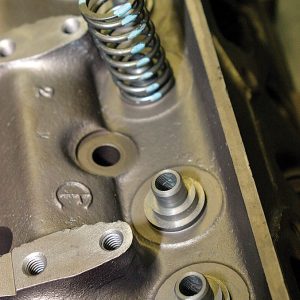
It debuted in 1954 as a 239ci engine—just like the Flathead—and boasted slightly improved grunt with 130 hp. Subsequently, the Y-block gradually grew in size until it reached its peak, 312 ci, in 1957. Although it would continue to be used in trucks for years to come, 1957 was the final year that Ford would use a Y-block in its passenger cars.
After decades of service from the Flathead, Ford’s life span for the Y-block was disappointingly short. Although its overhead-valve design made it more efficient than the Flathead, the Y-block was a heavier motor. When Chevrolet’s revolutionary small-block V-8 appeared in 1955, it was almost universally accepted as the better design. Although the Y-block was raced and even won NASCAR events, the engine seemed destined to be nearly forgotten by the rodding community and was unceremoniously phased out. It was eventually overshadowed by the Windsor and Cleveland small-block engines.








